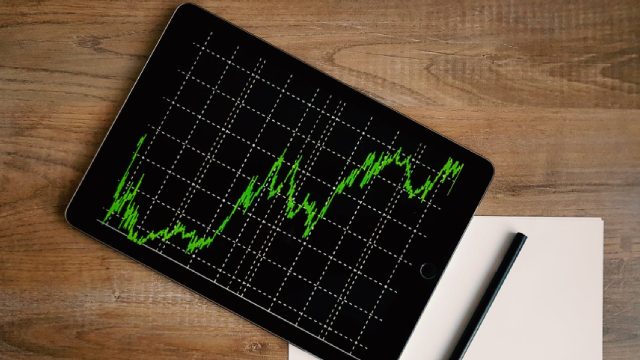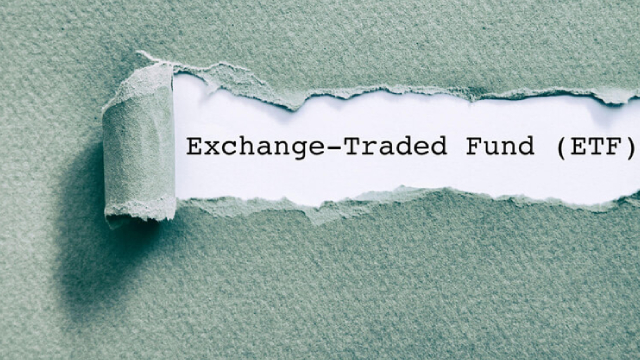Indian Equities and ETFs: A Setback in Q1 2023
Following a multi-year run of exceptional performance, Indian equities and related exchange-traded funds (ETFs) experienced a setback in the first quarter of 2023. Amidst a global market resurgence, the Indian stock market underperformed, leaving investors questioning the future of this once high-flying emerging market.
Historical Context: Indian Equities’ Rise to Prominence
Over the past few years, Indian equities and related ETFs have been among the top-performing ex-U.S. stocks. This remarkable run was driven by several factors, including:
- Economic Reforms: The Indian government’s implementation of economic reforms, such as tax cuts and deregulation, have created a favorable business environment and attracted foreign investment.
- Demographic Dividend: India’s large and young population presents a significant opportunity for growth in various sectors, including technology, consumer goods, and finance.
- Global Trends: The increasing focus on emerging markets, particularly in a low-interest-rate environment, has led to a surge in demand for Indian equities and ETFs.
First Quarter 2023: A Turning Point
Despite these positive factors, the first quarter of 2023 saw Indian equities and related ETFs retreat. Several reasons contribute to this development:
- Geopolitical Tensions: The ongoing tensions between India and China, as well as global uncertainties, have led to increased volatility in the Indian stock market.
- Domestic Factors: Concerns over the Indian economy’s slowing growth rate and rising inflation have also weighed on investor sentiment.
- Valuation Concerns: As Indian equities rose to prominence, valuations in some sectors became stretched, making them less attractive to investors.
Implications for Individual Investors
The setback in Indian equities and related ETFs in the first quarter of 2023 may have implications for individual investors:
- Reviewing Portfolios: Investors holding Indian equities or related ETFs should consider reviewing their portfolios and assessing their risk tolerance in light of the recent market developments.
- Long-Term Perspective: Given the historical context and long-term growth potential of the Indian economy, it may be worthwhile for investors to maintain a long-term perspective and avoid making hasty decisions based on short-term market fluctuations.
- Diversification: Diversifying investments across various asset classes and regions can help mitigate risks and potentially improve overall portfolio performance.
Implications for the World
The setback in Indian equities and related ETFs in the first quarter of 2023 may also have broader implications:
- Emerging Markets: The performance of Indian equities serves as a reminder of the inherent risks and volatility associated with emerging markets. Investors should be prepared for such fluctuations when allocating capital to these markets.
- Global Economy: The Indian economy’s slowing growth rate and rising inflation may have ripple effects on the global economy, particularly in sectors with significant exposure to India, such as technology and consumer goods.
- Policy Responses: The Indian government and central bank may respond to the recent market developments with targeted policy measures aimed at stabilizing the economy and boosting investor confidence.
Conclusion
The setback in Indian equities and related ETFs in the first quarter of 2023 marks a departure from the multi-year trend of exceptional performance. While this development may have implications for individual investors and the world at large, it is essential to maintain a long-term perspective and consider the historical context and underlying fundamentals when assessing the future of the Indian economy and its financial markets.




